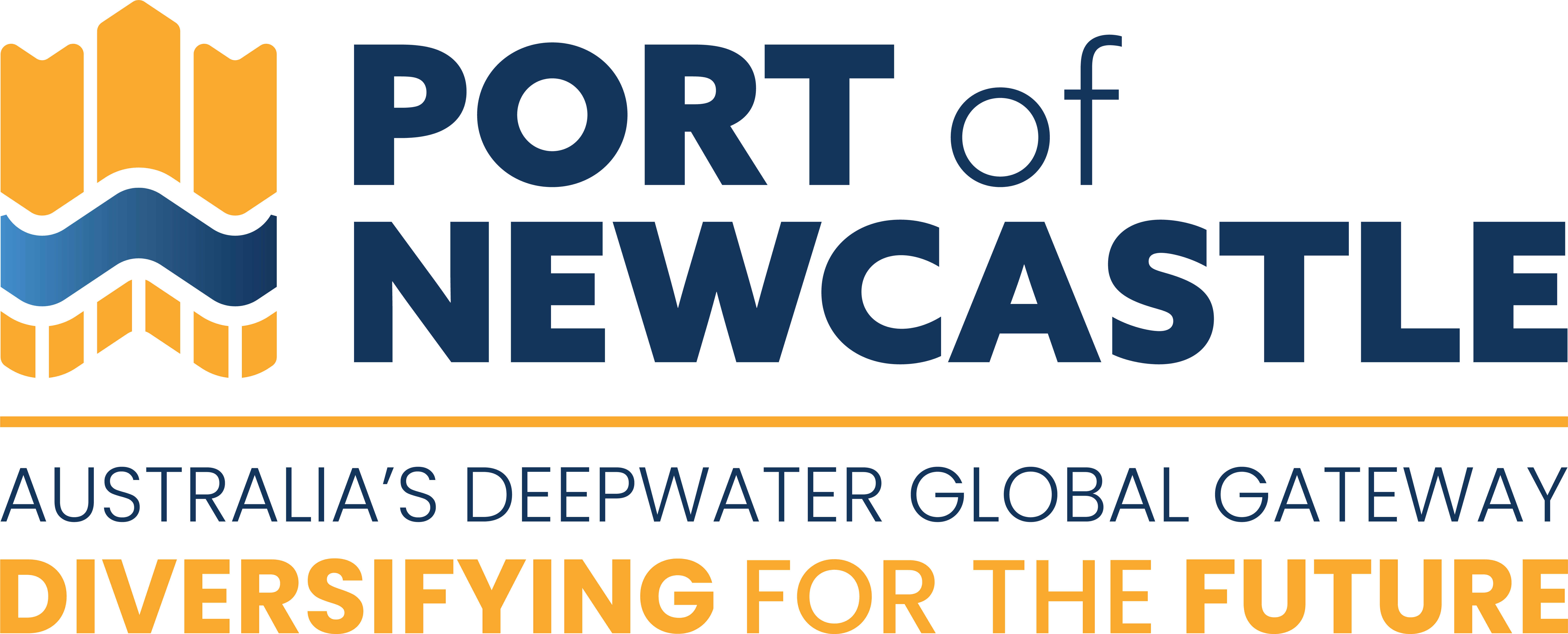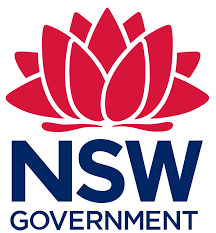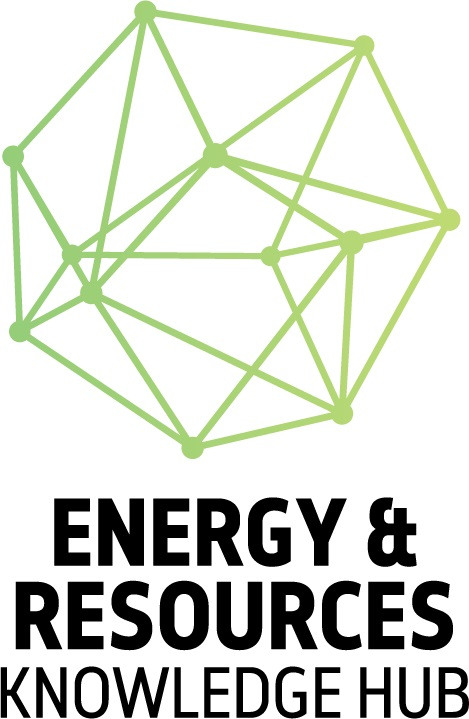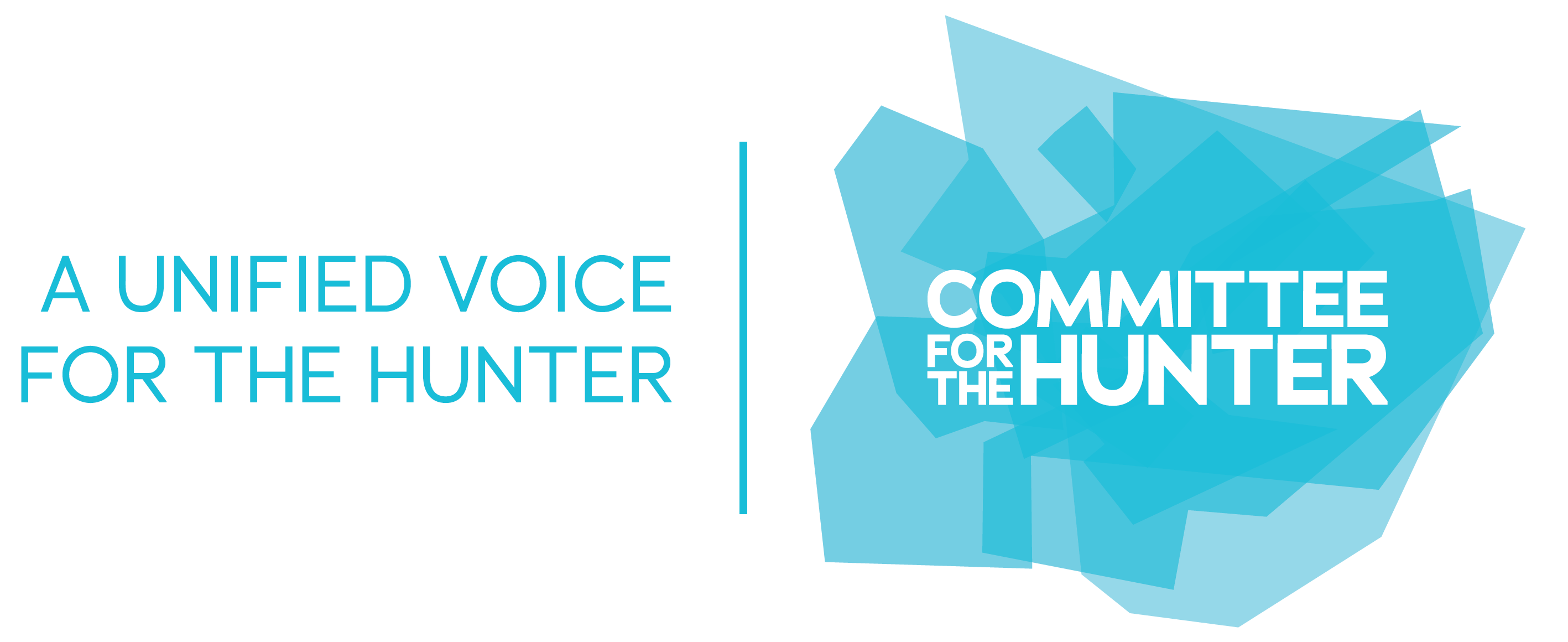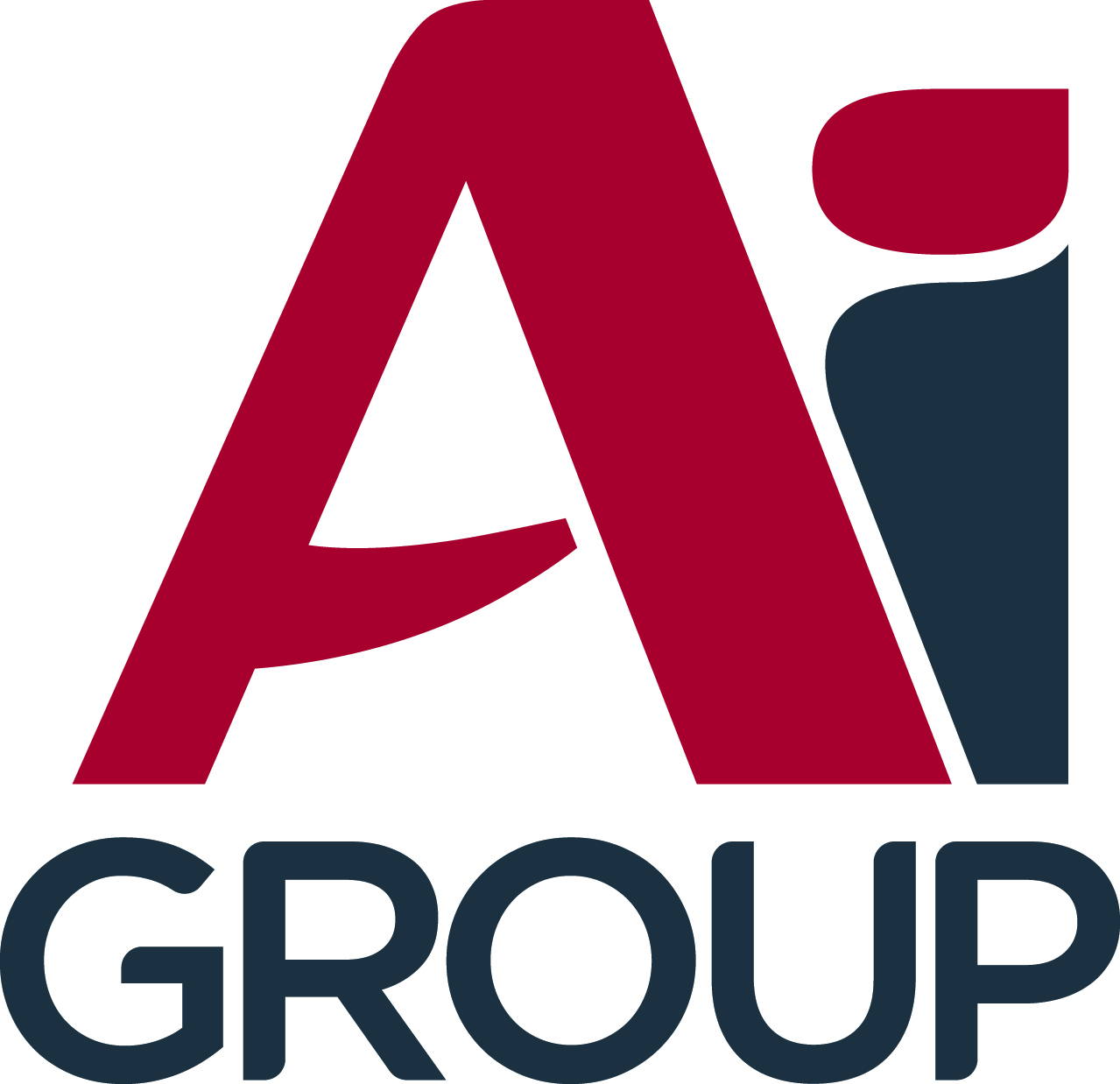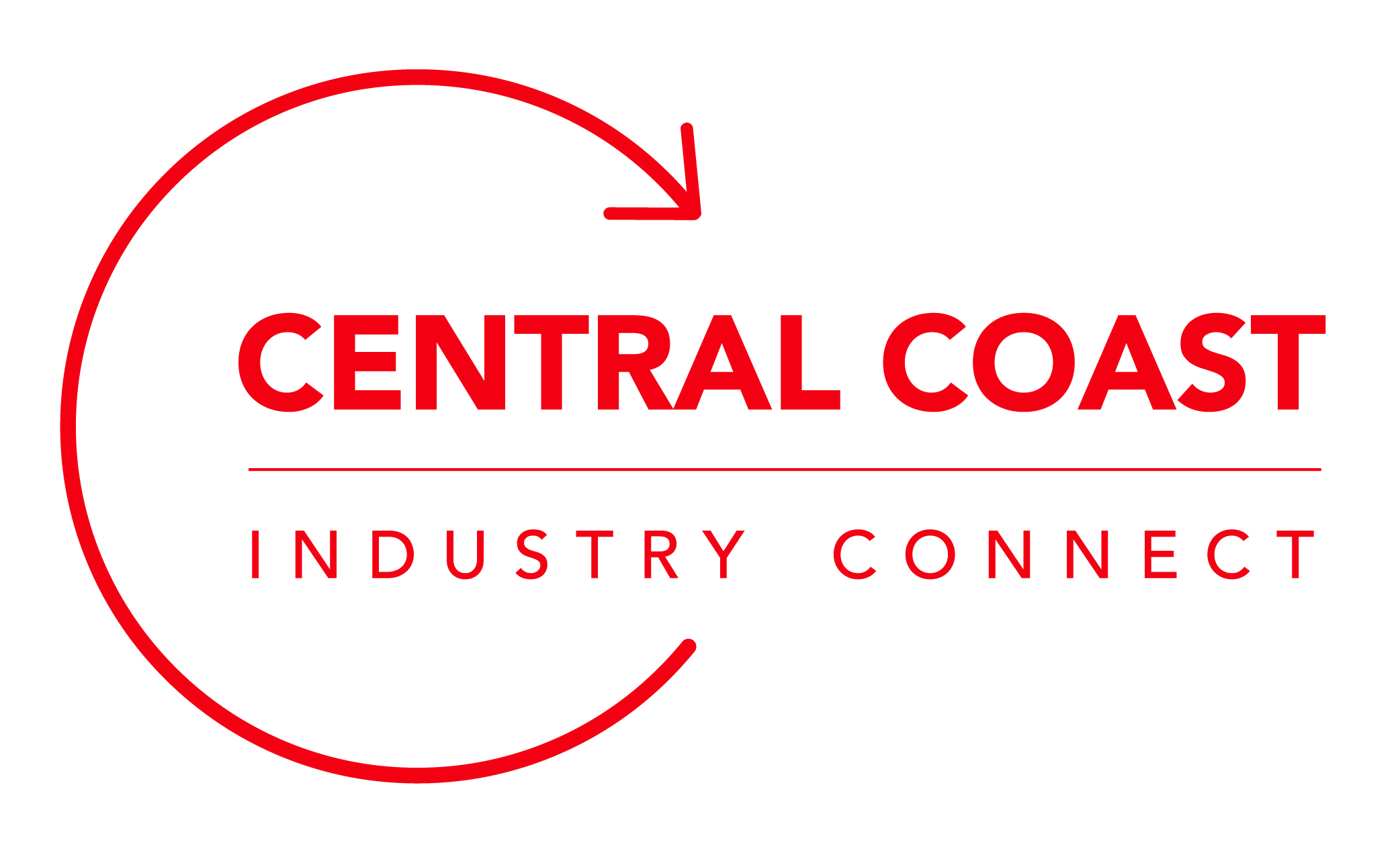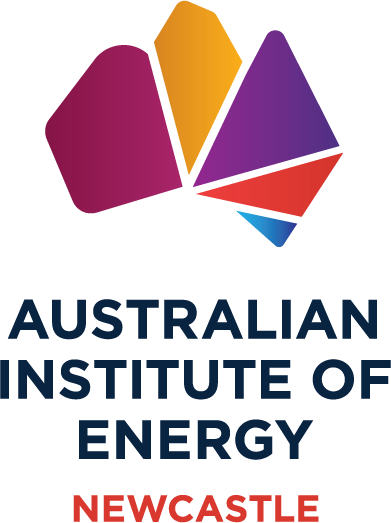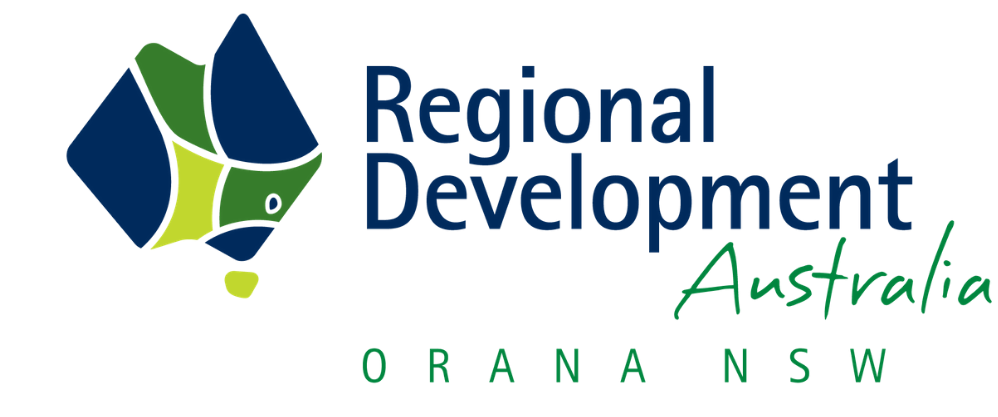New guidelines aim to improve NSW renewable project transparency and community benefits
The new Renewable Energy Planning Framework addresses renewable project impacts and streamlines assessments, with increased support for host communities.
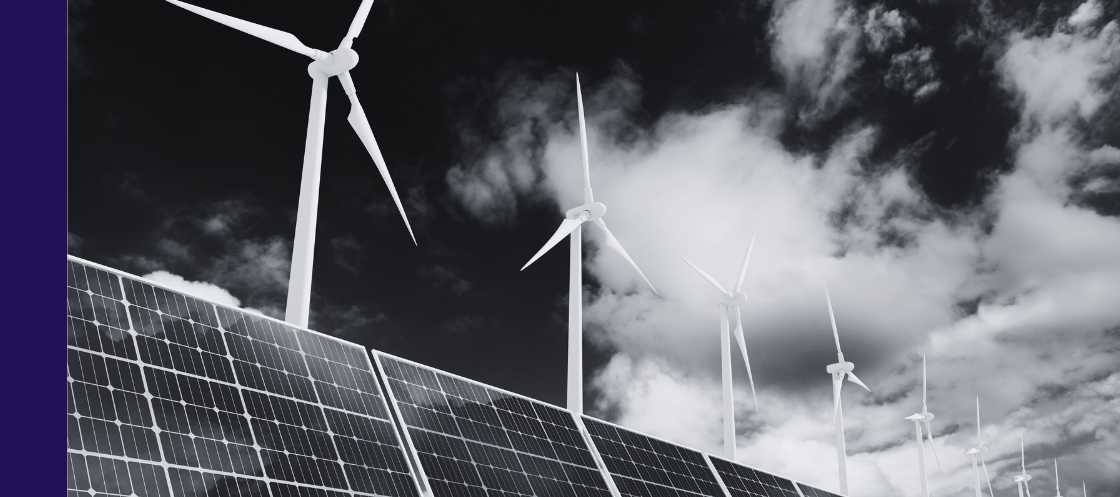
The New South Wales Government has launched the Renewable Energy Planning Framework to provide clearer, faster, and fairer guidelines for renewable project approvals in the state. The framework introduces five specific guidelines to support the state’s energy transition and aims to simplify the planning process, enhance community engagement, and address regional concerns about project impacts.
The framework has been developed based on extensive consultation and feedback received through the public exhibition of the draft energy policy framework, held from November 2023 to January 2024. Approximately 400 written submissions were received during this period.
A range of changes have been made to address comments and concerns including amendments to the visual impact assessment process, inclusion of additional guidance on benefit sharing and more.
The new and updated guidelines include:
- Wind Energy Guidelines: These guidelines cover key aspects of wind project planning, including visual impact assessment, location criteria, and project decommissioning to address aesthetic and environmental concerns.
- Transmission Guidelines: Designed to manage transmission route selection, community consultation requirements, and the visual assessment process, this guideline helps communities understand the impacts of new transmission lines.
- Solar Energy Guidelines: This revised guideline now includes decommissioning considerations and expands on how projects should align with the broader Framework to address the lifecycle of solar developments.
- Benefit Sharing Guidelines: This guideline ensures communities receive a fair share of the benefits from renewable projects. It introduces mechanisms for equitable and sustainable benefit distribution to host regions.
- Private Agreement Guidelines: Landholders and developers gain a clearer understanding of essential considerations when negotiating contracts for renewable energy infrastructure, helping them better understand the terms of hosting and managing impacts of such projects.
Visual Impact and Community Engagement
The Framework introduces specific guides for wind and transmission infrastructure to limit visual impacts and establishes the NSW Government’s expectations for benefit distribution. Over $400 million is projected to flow to local communities through community initiatives, funded by renewable project contributions.
Planning and Public Spaces Minister Paul Scully highlighted the importance of community and industry involvement in the new framework: “Greater certainty and transparency over renewable energy assessment processes means more renewables, faster, cheaper electricity bills, and more jobs. It also means communities and industry know what to expect of the planning system.”
Streamlined Approvals and Support for Host Regions
Since the NSW Government came into power, 29 renewable projects have received approval, totalling 5.7 GW in energy generation and 6.3 GW in energy storage. Six projects have been designated Critical State Significant Infrastructure (CSSI), and the Central West Orana Renewable Energy Zone (REZ) transmission project has also been approved.
In addition to setting clearer expectations for project planning, the framework will look into fast-tracking assessments by addressing cumulative impacts in REZs, such as workforce housing, water security, and social infrastructure needs.
Climate Change and Energy Minister Penny Sharpe explained: “NSW is leading a once-in-a-generation upgrade of the electricity network, building the infrastructure we need to keep the lights on and put downward pressure on prices. We are working across government to reduce barriers to investment and deliver lasting benefits to regional communities.”
Clearer Guidance for Investors and Developers
The new Framework aims to streamline processes by offering transparent guidelines, helping developers understand the level of risk and complexity in planning assessments. Additionally, updates to the solar and wind energy guidelines provide clarity on likely decommissioning costs, allowing for more informed decision-making for both developers and landholders.
Backed by feedback from extensive public consultations, the new guidelines are expected to encourage responsible renewable energy investment and help NSW meet its clean energy and emissions targets while keeping communities informed and engaged in the process.



